Watching the videos online about touch and hand holding really struck me the power of the connection of two people who are closely connected. Especially that of partners and the inability to distinguish between pain/shock from one partner or the other when examining the brain. I think this speaks volumes to the concept of compassion. The etymology of the word “compassion” comes from the latin route translating to “com” or “communal” and “passion” or “suffering”. I think that that is the beauty of relationships, we are able to share in the joys and the suffering and in doing so we are able to balance, like a scale, the intensities of life.
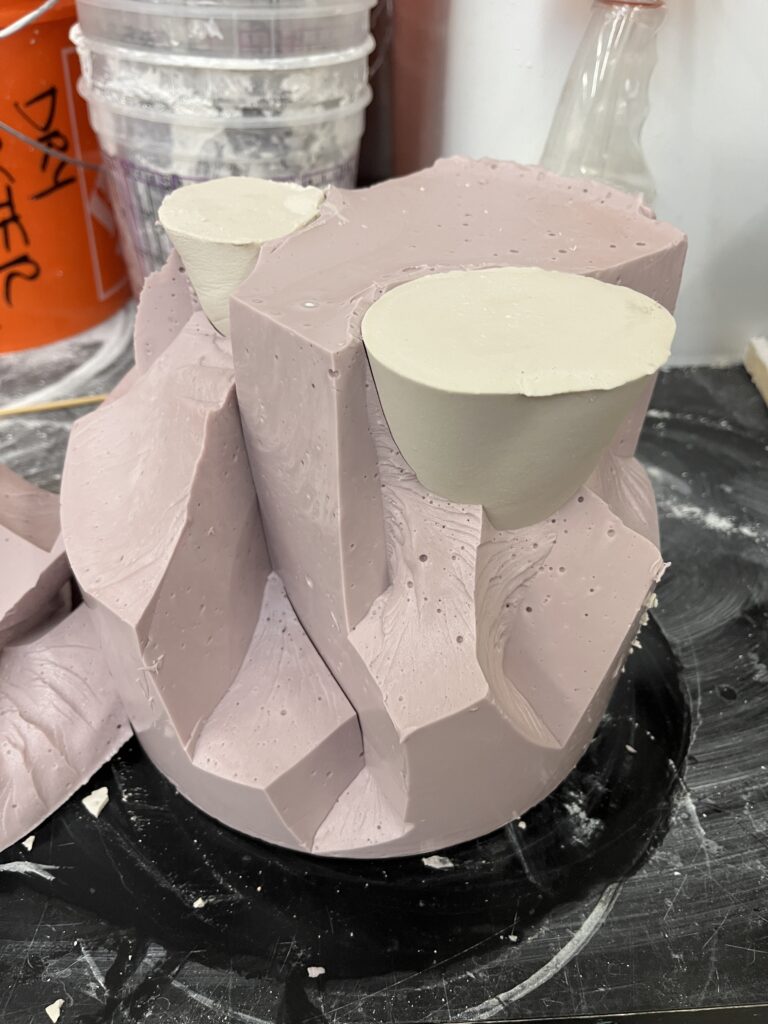
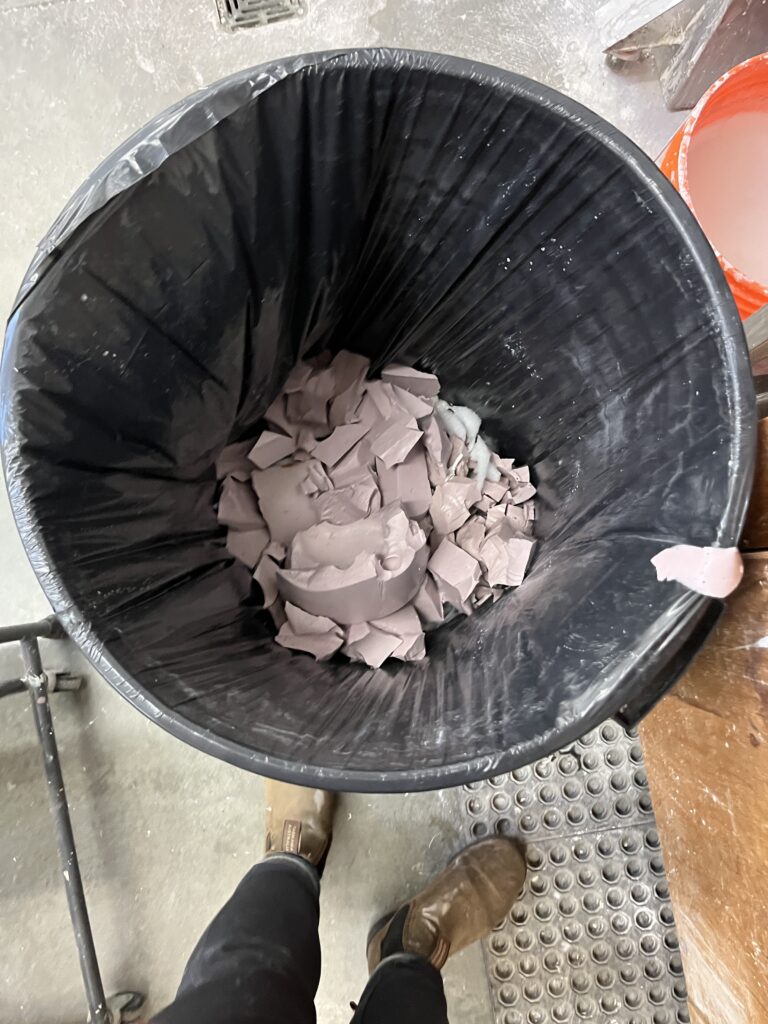
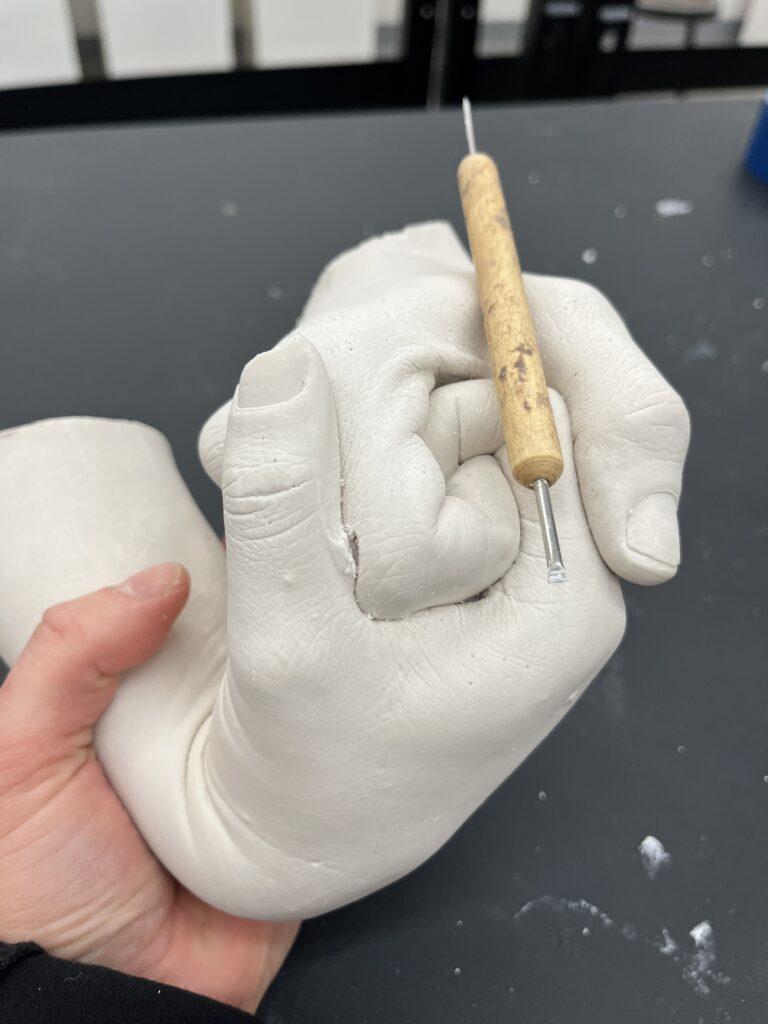
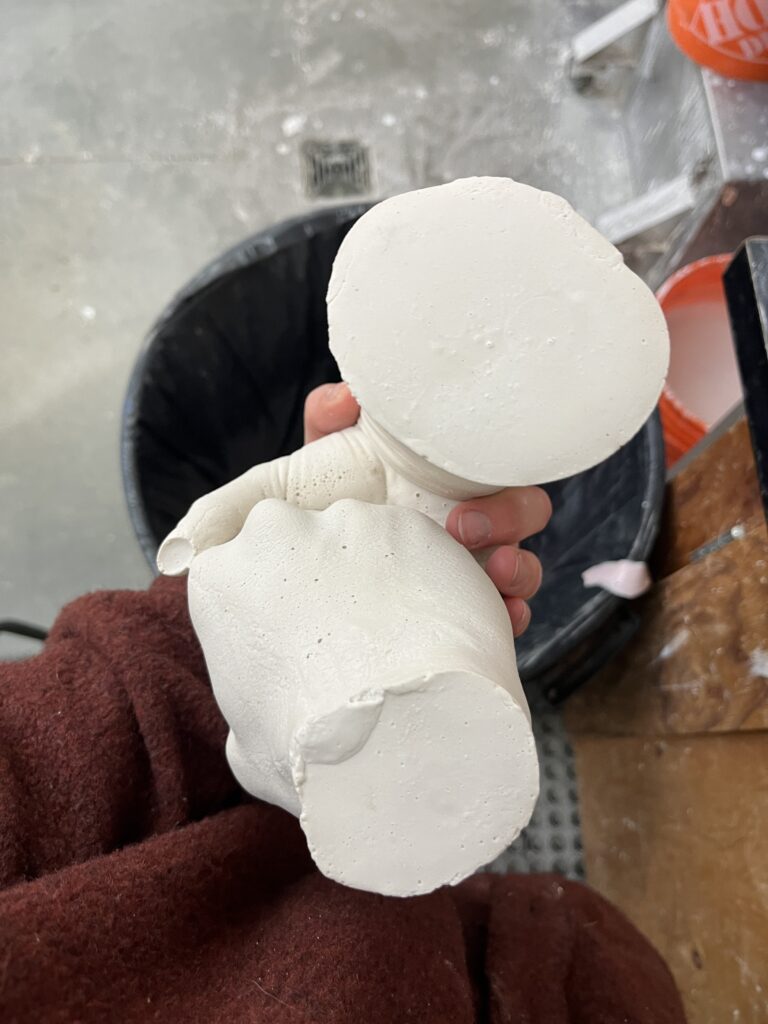

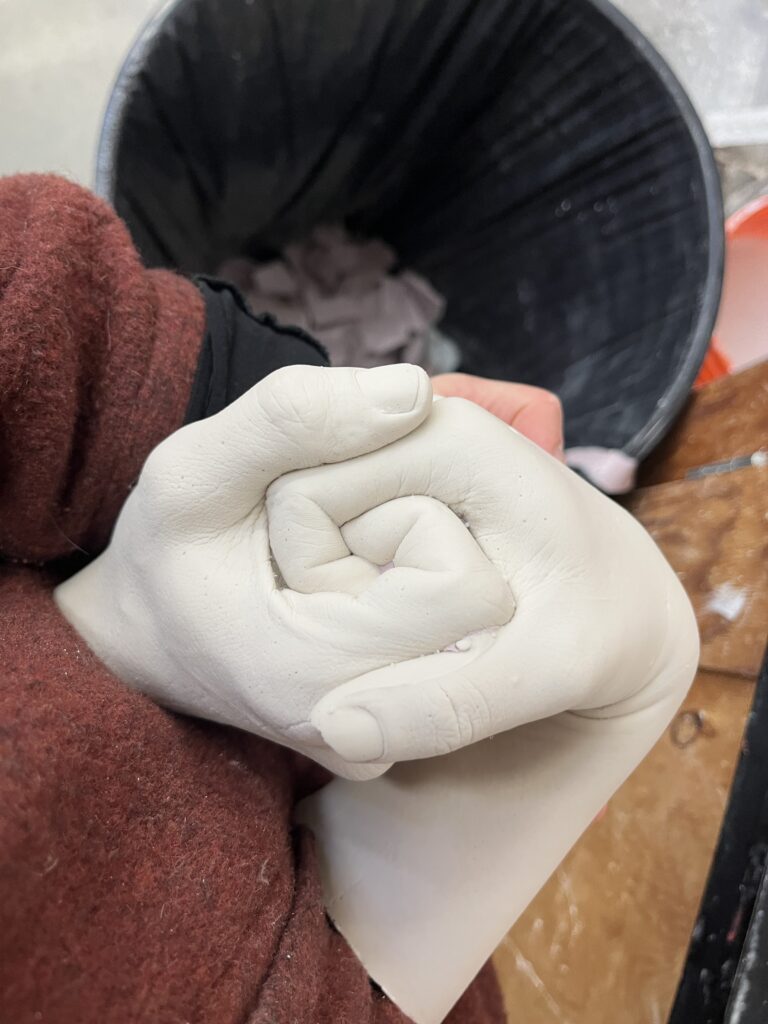
For this project I knew I wanted to do the special handshake that me and my partner have. One the second date with my partner, we made a very strange promise to one another. I’m not sure where it came from, but we promised each other that if one of us dies first that we would haunt the other. We went to pinky promise, and then organically, we held the pinkies and touched thumbs.
Then later, we were having one of our first more “hard” conversations, and I told him about John and Julie Gottman’s research on lasting relationships. They found that those partners that had utilized what they called “bids for connection” lasted longer. A “bid for connection” is a sign to the other partner, especially when they are in an argument or feelings are tense, that they remain connected with them. These bids for connection can defuse the tension and remind each other about the love and compassion at the centre of the relationship. As my partner and I reflected on this, we wondered what would be our agreed upon “bid for connection”. We quickly decided that it would be our organic pink promise with thumbs touching that we came up with on our second date.
I wanted to do create a 3D model of this handshake, as a reminder of our connection and commitment to one another. However, when it came time for the pour, our hands wouldn’t fit, at bucket angle, without our hands touching the edge of the bucket. So, we quickly got creative and decided to do a rose shaped embrace.
This semester I chose roses and snakes as my subject matter of choice. Rose embrace felt like a way we could connect to that symbol of love, Denis’ favourite flower, passion, and connection. My partner has been a big part of this semester for me. We met on new years, and by the end of the semester we are living together. So it felt important that this project include him.
I really enjoyed the texture and detail portrayed through the alginate and hydrocal material. I’d like to continue to work with this material for that reason. What I didn’t like about the material was the waste. The alginate was all wasted. So I did some research, with the help of ChatGPT on some alternatives that are less wasteful and this is what I found:
🌿 More Sustainable Alternatives to Alginate
1. Reusable Silicone Molds
- Material: Skin-safe platinum-cure silicone (like Smooth-On’s Body Double or EcoFlex).
- Pros: Can be reused many times, captures excellent detail, totally skin-safe.
- Cons: Initial cost is higher, and you usually still need a container or base mold to hold it.
✨ Best for artists who want to do multiple casts or variations from the same mold.
2. Gelatin-Based Mold Material
- Material: Food-grade gelatin mixed with glycerin and water.
- Pros: Skin-safe, biodegradable, can be remelted and reused a few times.
- Cons: Less detailed than alginate, sensitive to heat/humidity.
🍮 Feels a bit like edible art science. Might be a fun experimental route!
3. Agar-Agar Casting Gel
- Material: Seaweed-derived, often used in food.
- Pros: Vegan, biodegradable, skin-safe, can be remelted a few times like gelatin.
- Cons: Like gelatin, it doesn’t capture detail quite as well as alginate or silicone.
🌱 Good for eco-conscious artists who don’t mind some texture loss.
4. Compostable Alginates (Experimental/Pro-Level)
Some artists and labs are experimenting with DIY alginate-like mixtures using materials like:
- Kelp powder
- Cornstarch
- Bentonite clay
These are very DIY and often require trial-and-error but could be part of a project that’s more process-focused or experimental.
♻️ Reducing Waste with Alginate
If you still want to work with alginate sometimes:
- Use the smallest mold container possible.
- Reuse support materials like containers or stabilizers.
- Compost any leftover alginate (some brands are more biodegradable than others—check labels).
